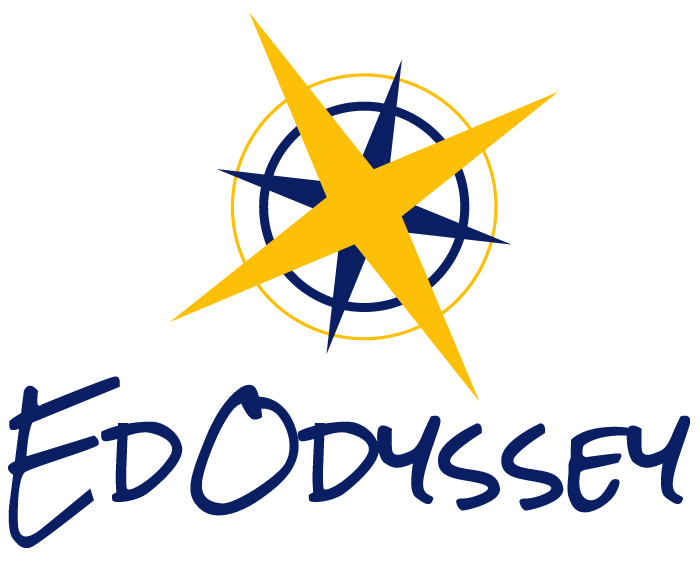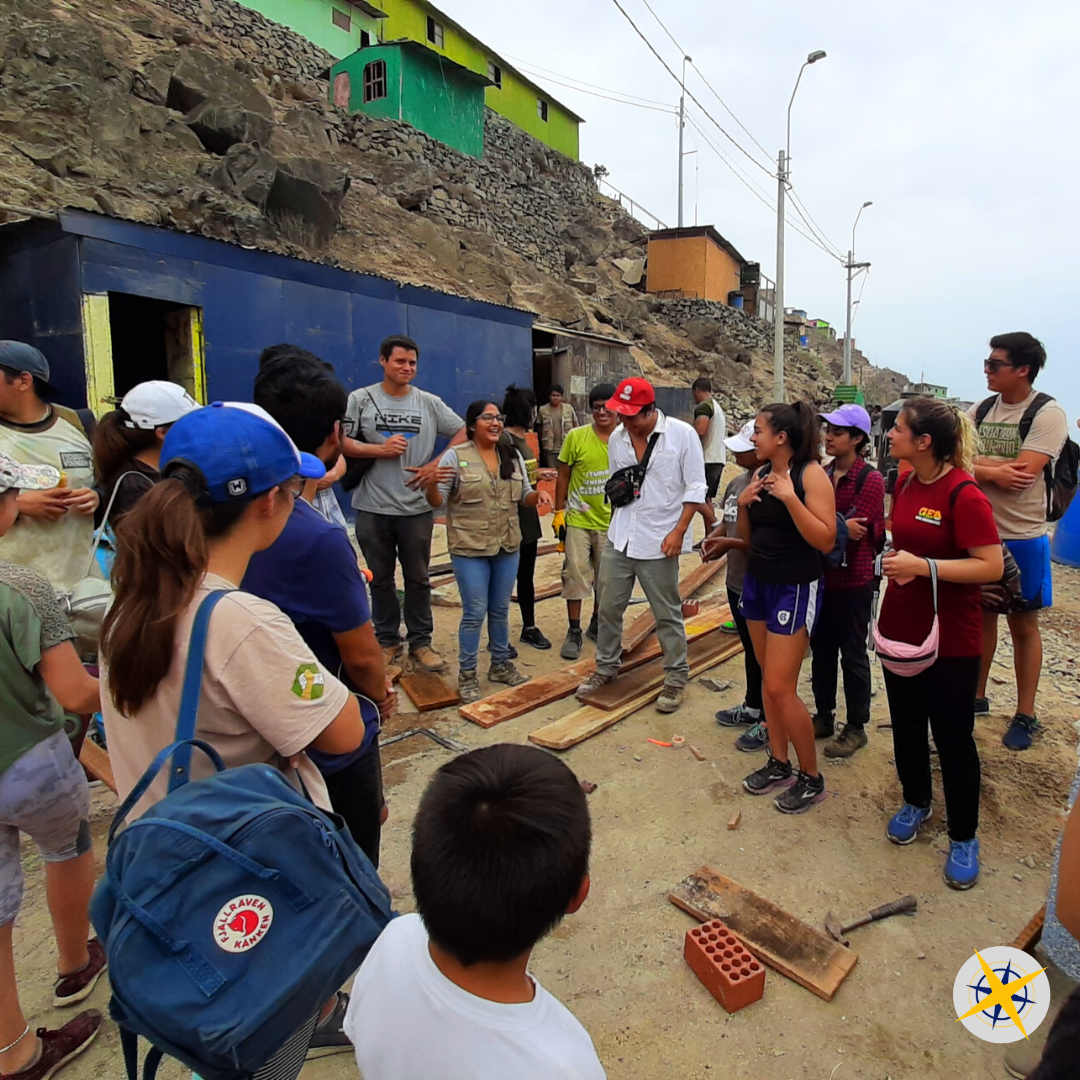Blog
The Peruvian Divide: Race, Ethnicity, Class & Status
The mission and responsibility of EdOdyssey starts with serving our students and the world through experiential learning. As leaders in international education, our organization feels compelled to raise our voice against racial discrimination and violence and to educate on the differences that exist within societies abroad.
Five Facts About Peru That You Might Not Know
You may have heard about Machu Picchu and the Incas, or important Peruvian dishes, such as Cebiche (seafood dish) and Lomo Saltado (traditional Peruvian stir-fry), but what other elements make this fascinating country in South America so unique? In today’s blog, we will be sharing a few fun facts with you about Peru!
Search previous blogs here.


